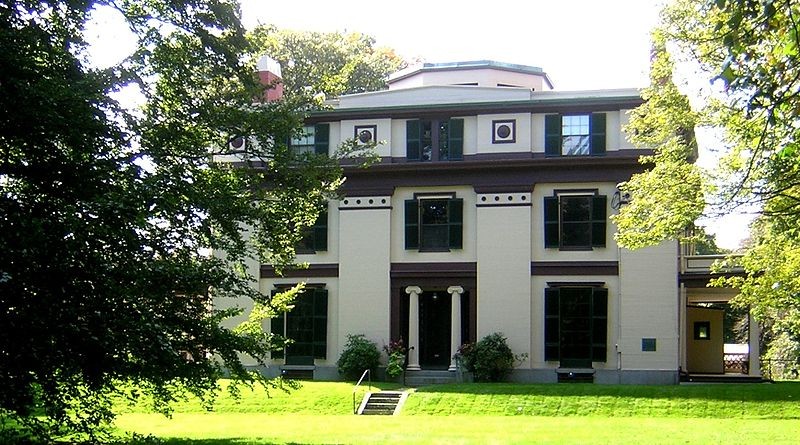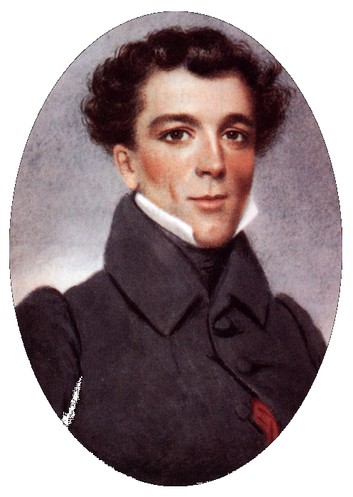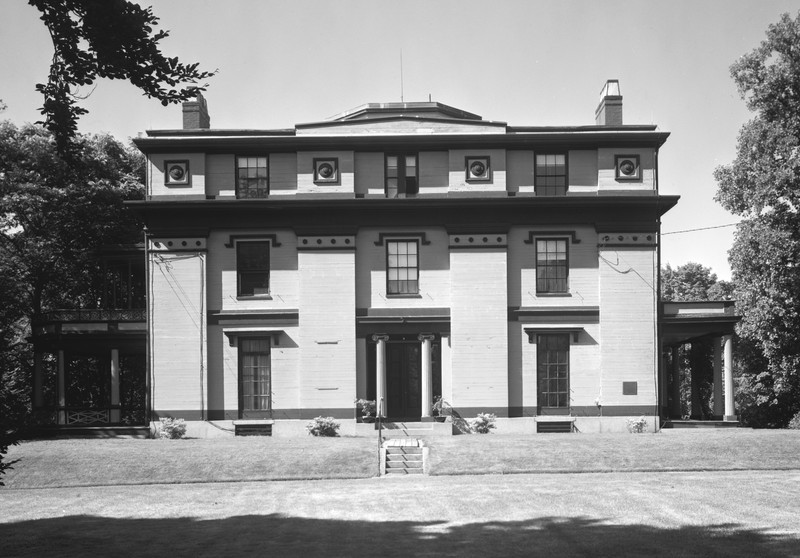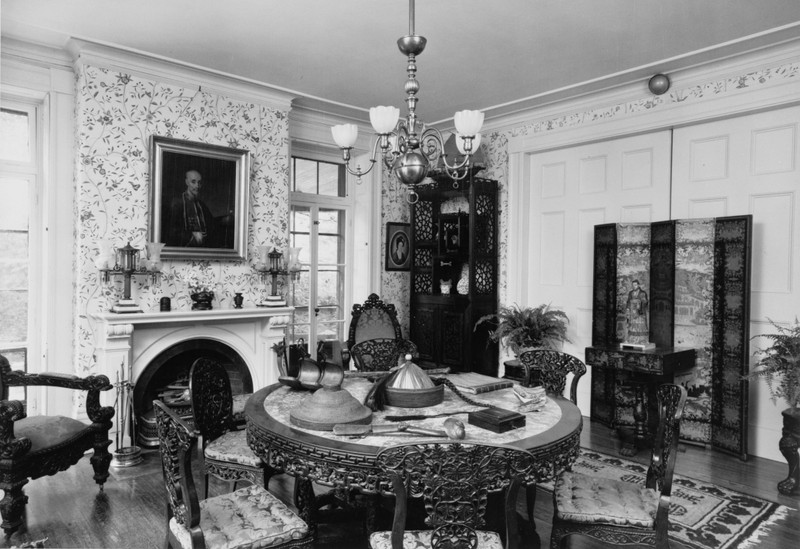Forbes House Museum
Introduction
Text-to-speech Audio
The Forbes House Museum chronicles the history of an entrepreneurial American family. The Forbes House Museum in Milton is a Greek revival mansion built in 1833 for Margaret Perkins Forbes, whose construction was financed by Robert Bennet and John Murray Forbes, Margaret’s China Trade merchant sons. Captain Forbes was an American China trade merchant, designer, writer and philanthropist of international stature. Throughout the 19th century, the Captain and his family were leaders in U. S. trade in Canton, establishing the Boston-based Russell & Company. The house was designed by Isaiah Rogers. Furnished and decorated with acquisitions Forbes made in China, it is now a house museum and contains the treasures of four generations of the Forbes family. The museum’s collection includes decorative arts from the American China Trade, Chinese, American and European painting and furniture, Civil War and President Lincoln memorabilia, 19th century household artifacts, and nautical artifacts and ship replicas.
Images
Forbes House Museum built in Greek Revival style (built in 1833).

Robert Bennet Forbes (1804-1889) was a sea captain, China merchant, ship owner, and writer. The museum vividly recalls Forbes career.

Forbes House, front facade in 1965.

Captain Robert Bennet Forbes House parlor.

Backstory and Context
Text-to-speech Audio
A thriving trade with China formed one of the mainstays of the American shipping industry in the 19th century. Robert Bennet Forbes established himself as one of Boston's leading China merchants and his house, now a museum of the American China trade, vividly recalls Forbes career.
Forbes was born into a mercantile family and became a merchant-sailor early in life. He joined the family trade firm when he was only 13 years old, and in 1820’s, at 16 years of age assumed responsibilities for his uncles’ firm in China. By the age of 21 he became captain of vessel. In 1839 he became head of Russell and Company, the largest American trading house in China. The biggest part of his wealth was derived from the opium and China Trade. He played a prominent role in the outbreak of the Opium War.
Except of being merchant, he also had other interests. He was active in ship construction, maritime safety, the opium trade, and charitable activities. Despite the ethical problems of dealing in opium, he was known to engage in humanitarian activities, such as commandeering the USS Jamestown to send food to Irish famine sufferers in 1847. Forbes also wrote a great deal, authoring several interesting volumes.
The Forbes House was built in 1833 on land purchased in 1816 by John M. Forbes. Forbes was a friend and classmate of John Quincy Adams, and after serving as Consul in northern Europe, became Charge d’ Affaires in Buenos Aires when Adams was Secretary of State. The present house, which replaced an earlier building, was built by Captain Forbes, his younger brother, John M., and sisters, for their mother, Margaret Perkins Forbes, whose brothers, James and Thomas Perkins had founded the Boston-China Trade. This was the first of many China Trade associations with the house.
After four generations of the family lived here up until 1962, the museum was opened in 1964 by a descendant, H.A. Crosby Forbes, to celebrate the history of the Forbes family and the legacy of the China Trade.
Sources
http://pdfhost.focus.nps.gov/docs/NHLS/Text/66000651.pdf http://forbeshousemuseum.org/images/HACF-Passing-7-2012.pdf http://en.wikipedia.org/wiki/Captain_Robert_Bennet_Forbes_House http://www.forbeshousemuseum.org/history.html
